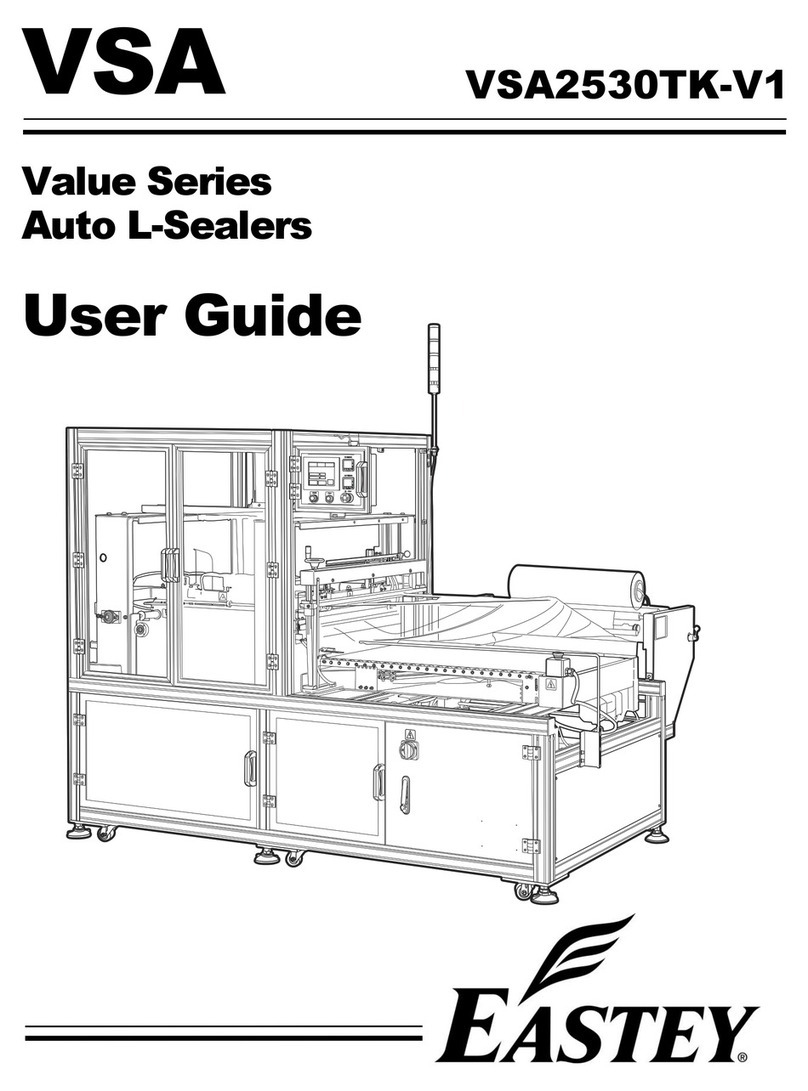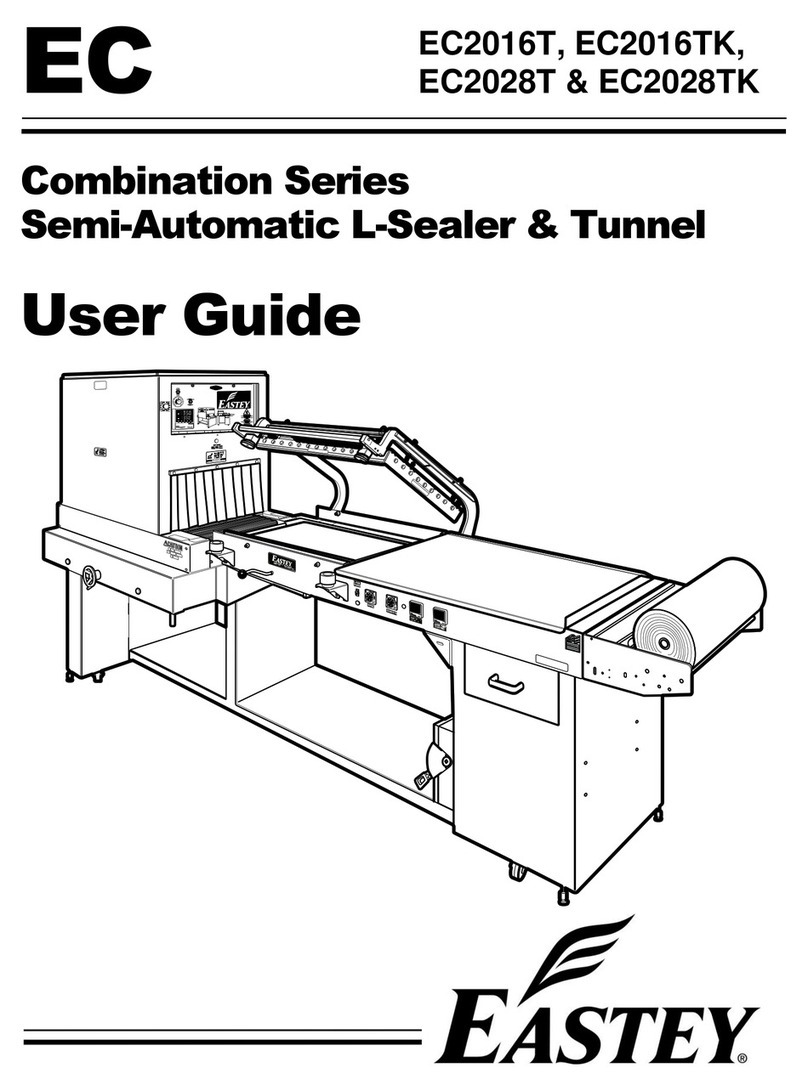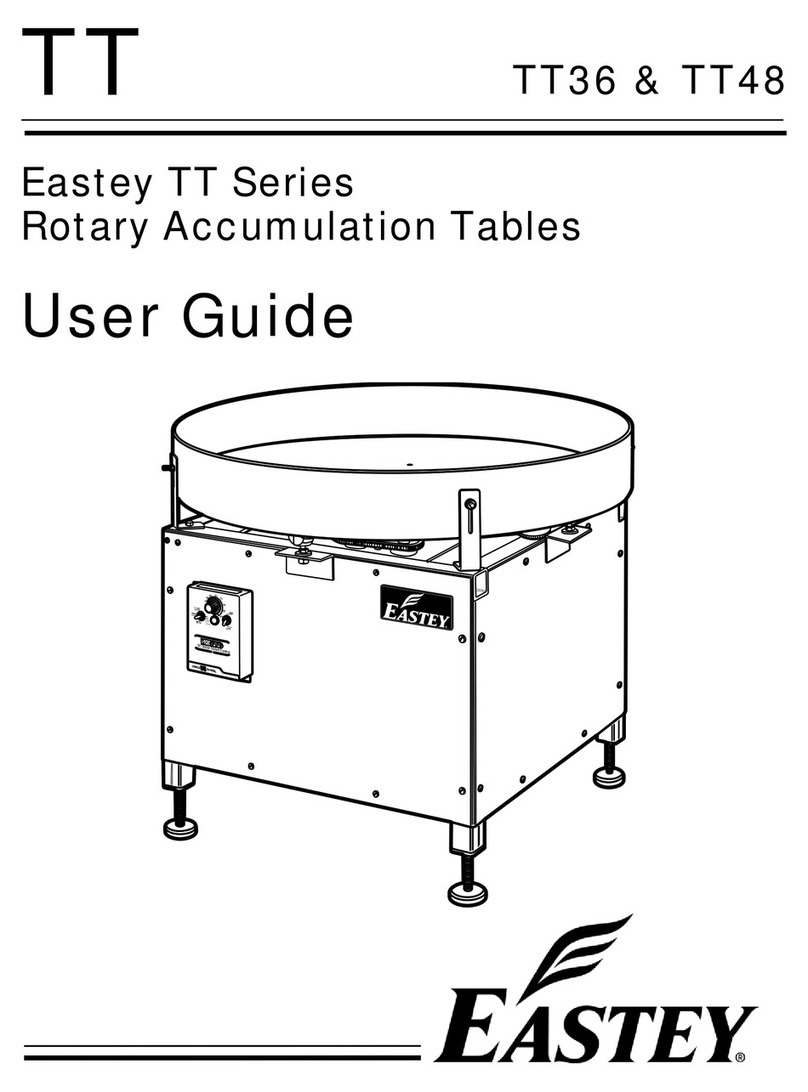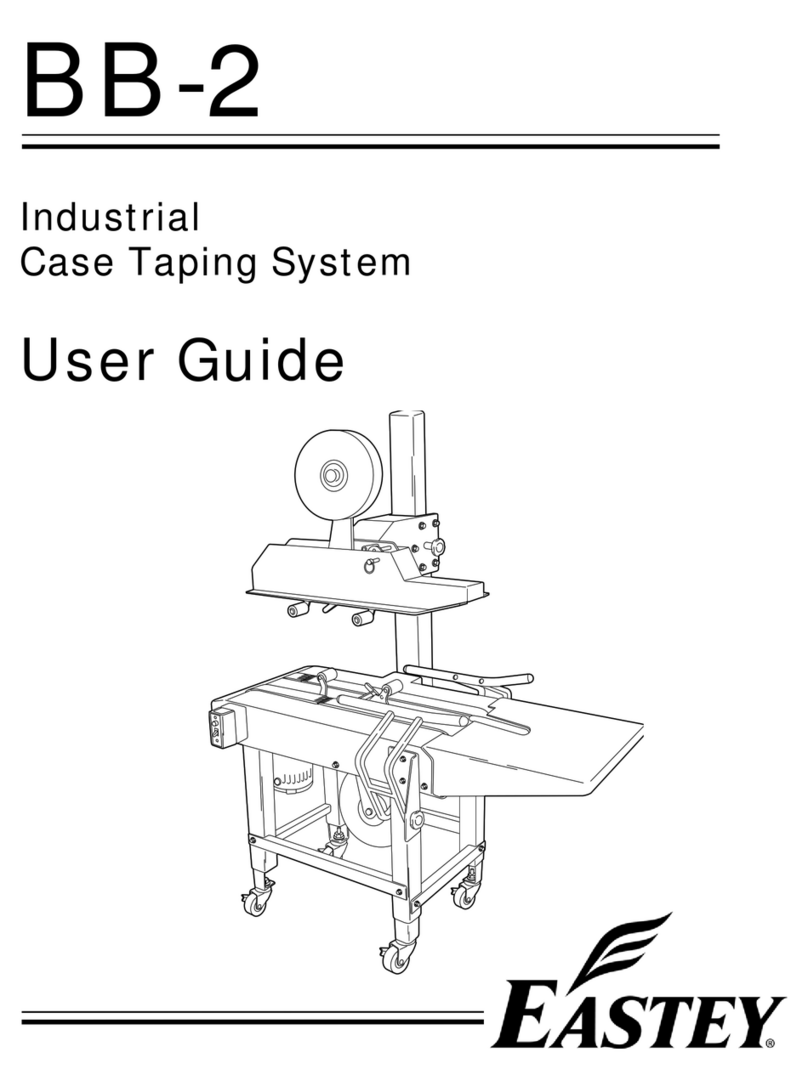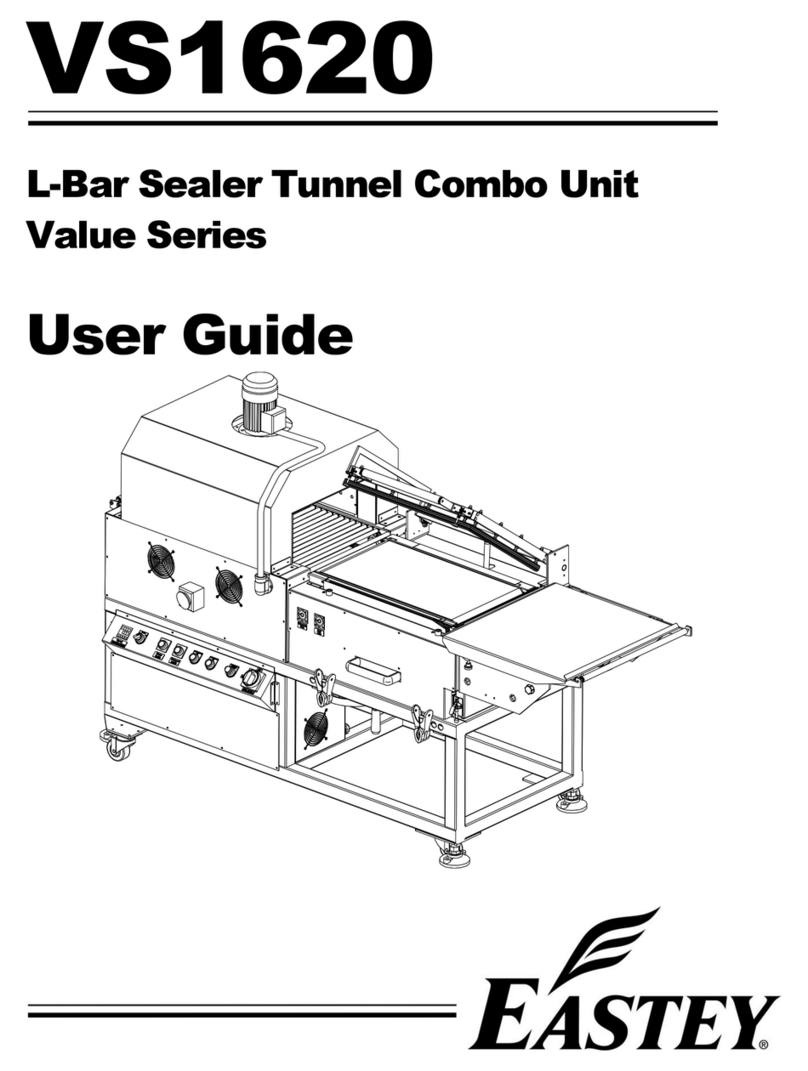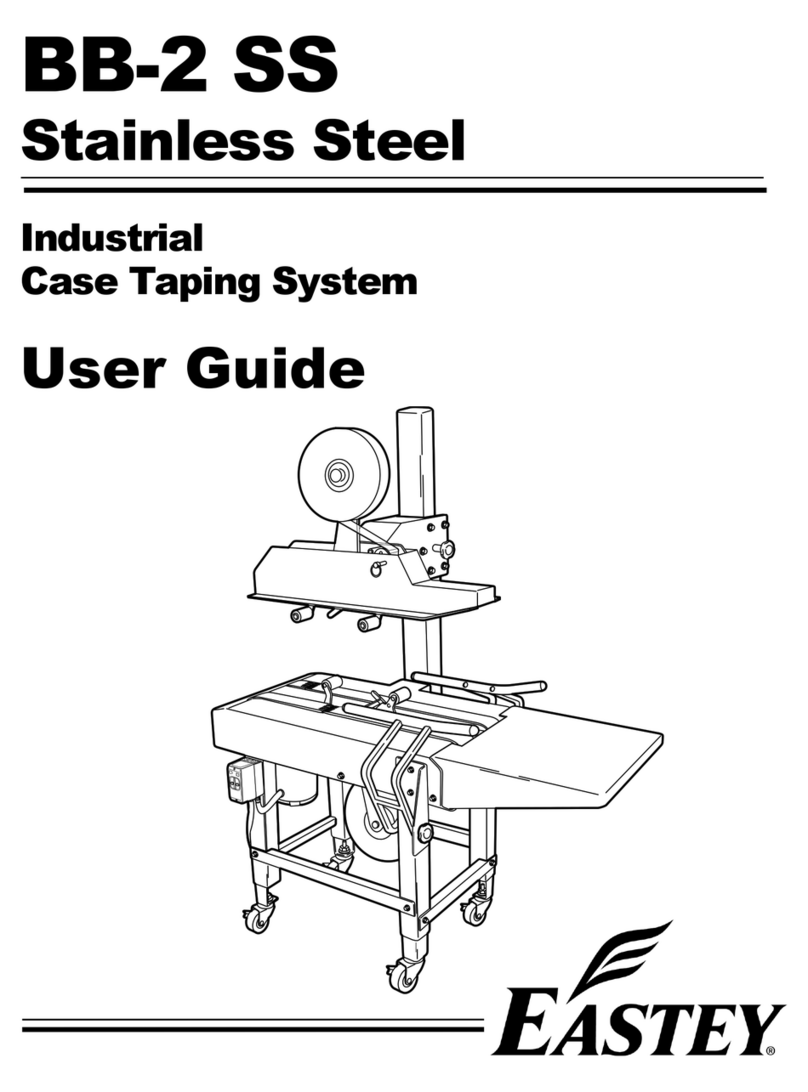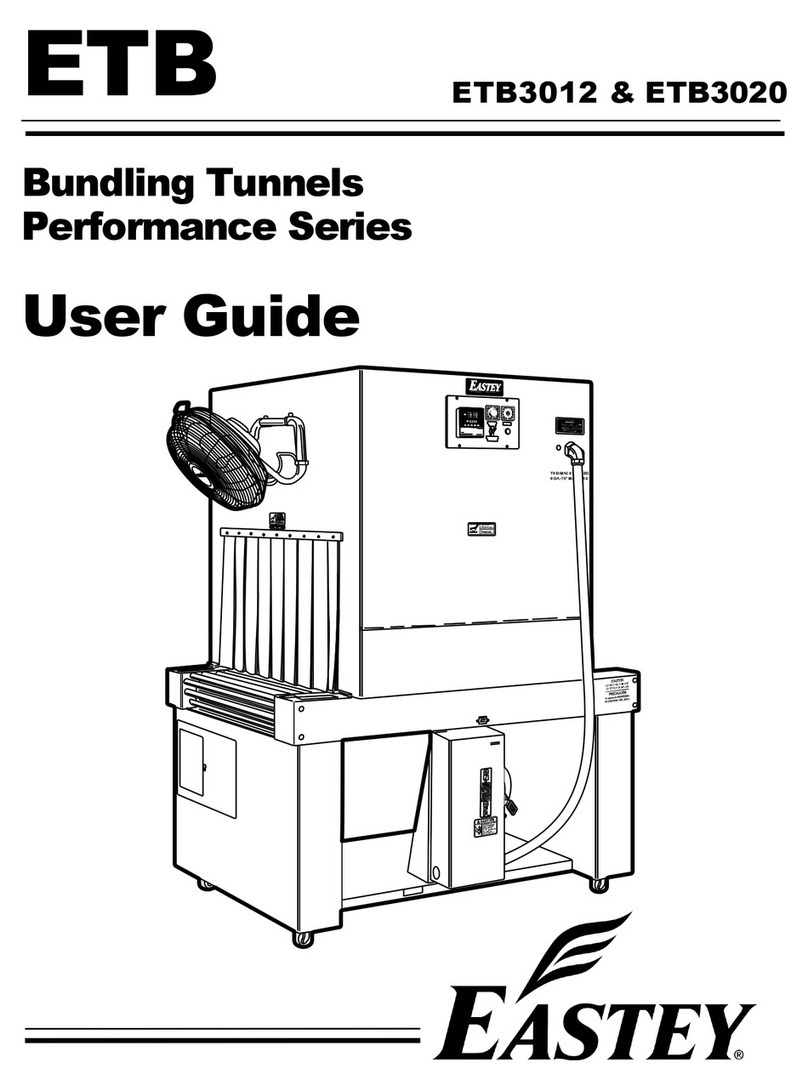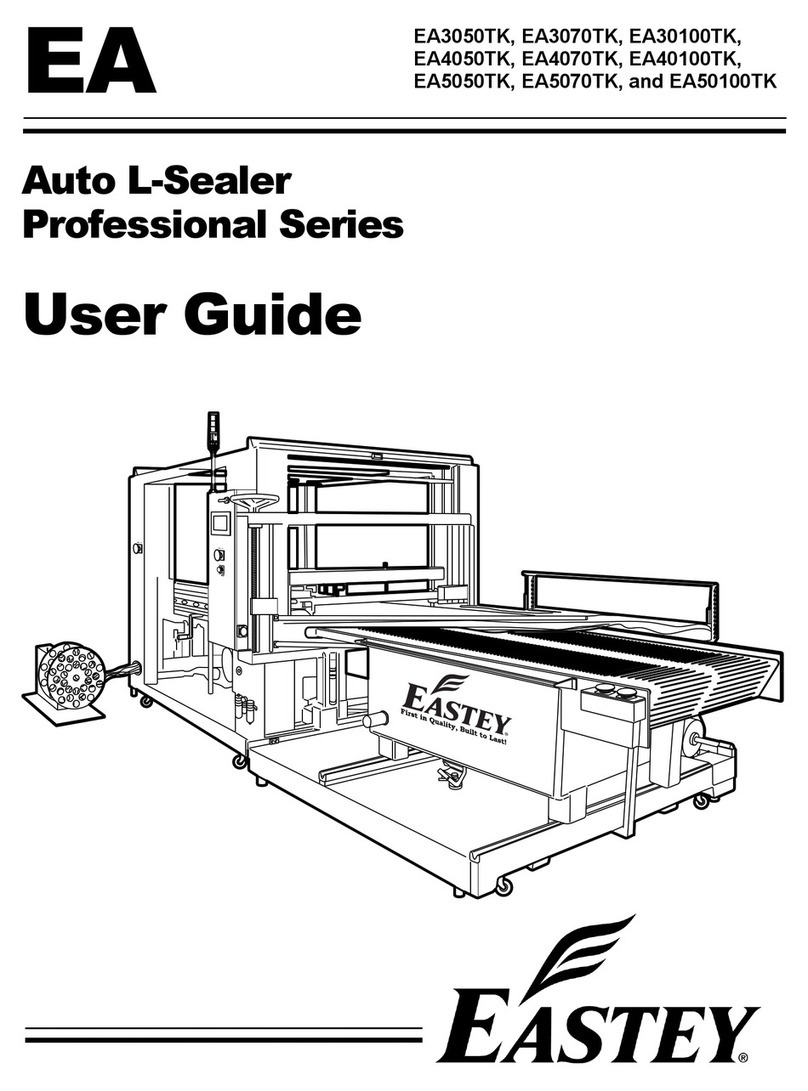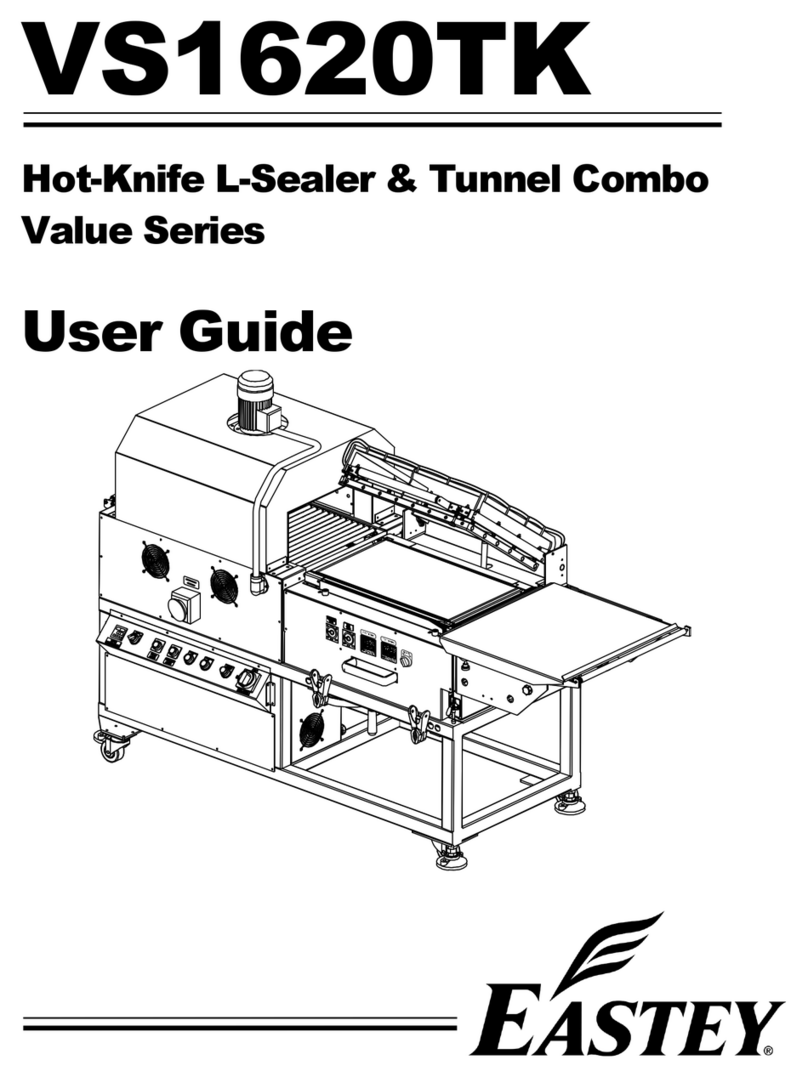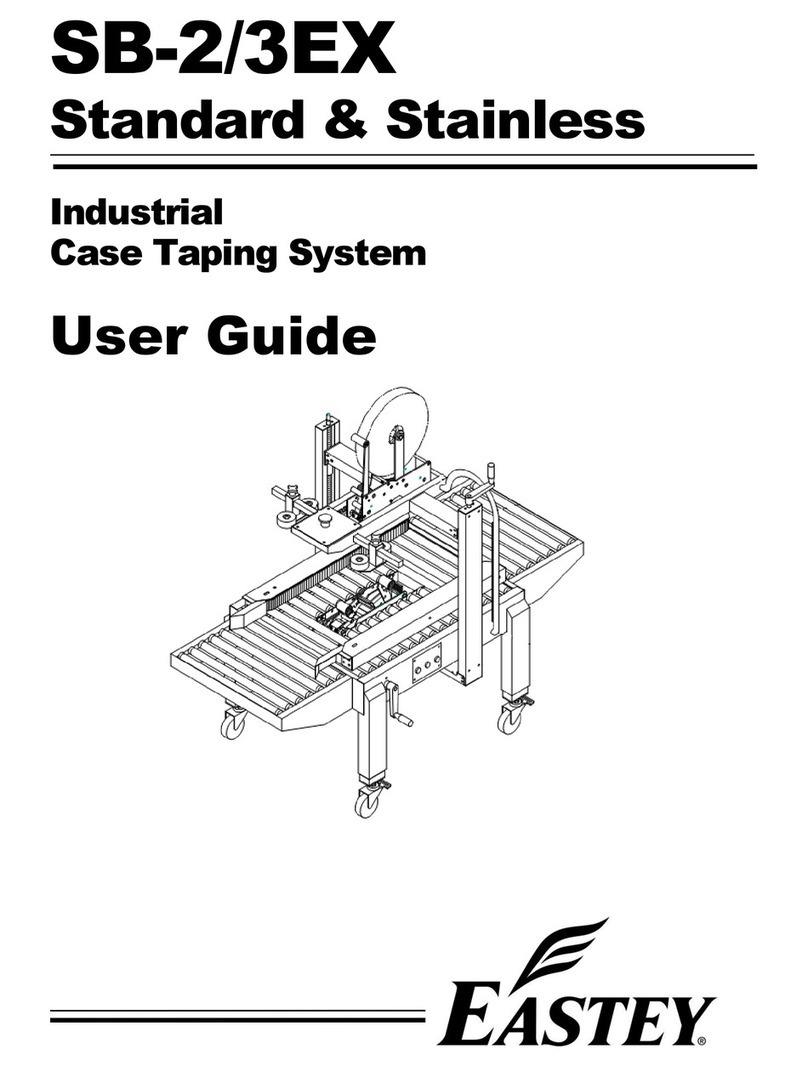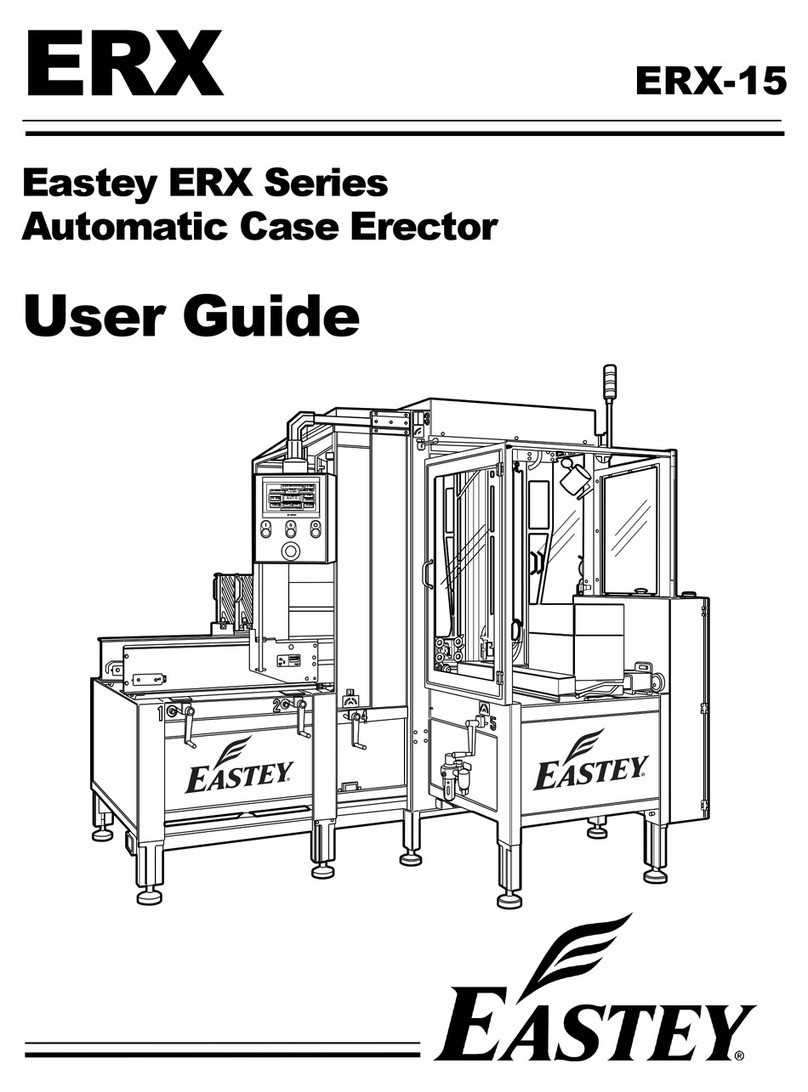
Contents
Safety .............................................................................................................................6
General Safety Precautions ..........................................................................................6
Introduction ...................................................................................................................8
General System Description..........................................................................................8
Specifications................................................................................................................9
Dimensions .................................................................................................................11
Unpacking....................................................................................................................12
Installation ...................................................................................................................13
Location Requirements ...............................................................................................13
Operation .....................................................................................................................15
Control Panel ..............................................................................................................15
Film Unwinder.............................................................................................................16
Mounting Film..............................................................................................................16
Sequence of Operation...............................................................................................17
Adjustments ................................................................................................................19
Element Pulse Switch Adjustment...............................................................................19
Electromagnet Position Adjustment ............................................................................19
Seal Pad Pressure Adjustment for Head Return Cylinder...........................................19
Timers and Temperature Controls...............................................................................20
Maintenance ................................................................................................................21
Silicone Rubber and Felt Seal Pad Replacement .......................................................21
Changing Hot Knife Inserts and Cutting Rules............................................................22
Takeaway Conveyor Maintenance and Replacement.................................................22
Wire Belt Repair Splicing.............................................................................................23
Film Roll Support Rollers.............................................................................................28
Troubleshooting..........................................................................................................29
Parts List......................................................................................................................31
Appendix A: Electrical Schematics ...........................................................................32
Panel Layout...............................................................................................................32
Electrical Schematic....................................................................................................33
Appendix B: Temperature Setting Specifications for Shrink-Wrap Plastics..........34
Mushroom Insert.........................................................................................................34
Appendix C: L-Sealer Size Estimating.......................................................................35
L-Sealer Center-Folded Film Size Estimating Table ...................................................35
16-inch Side Seal Package Size Estimation................................................................36
Warranty Statement ....................................................................................................37
Customer Support.......................................................................................................39

